Boardman River Study
Dams can be ecologically harmful to streams because they impede sediment, nutrient and organismal movement and change downstream water temperature and discharge, leading to changes in aquatic community composition. Dam removal is becoming more and more common stream restoration technique, but it can also have negative effect on aquatic communities of living organisms in the rive. The recent removal of several dams along northern Michigan's Boardman River in Grand Traverse County created a "natural experiment" in which to monitor biological communities in the river before and after the removal of individual dams, as well as upstream and downstream of dams before and after removal. Stream macro-(large-bodied) invertebrates are among the best indicators of changes in stream quality associated with dam removal, as well as critical components of river ecosystems and building blocks of food chains and food webs within them. Researchers at Au Sable have engaged in a nine-year study evaluating changes in stream macroinvertebrate communities in the Boardman River before, after, upstream, and downstream of dams to assess the effects of dam removal that began in 2012. Results so far have demonstrated that these invertebrate communities are returning to an undisturbed state faster than anticipated after the dams have been removed.

